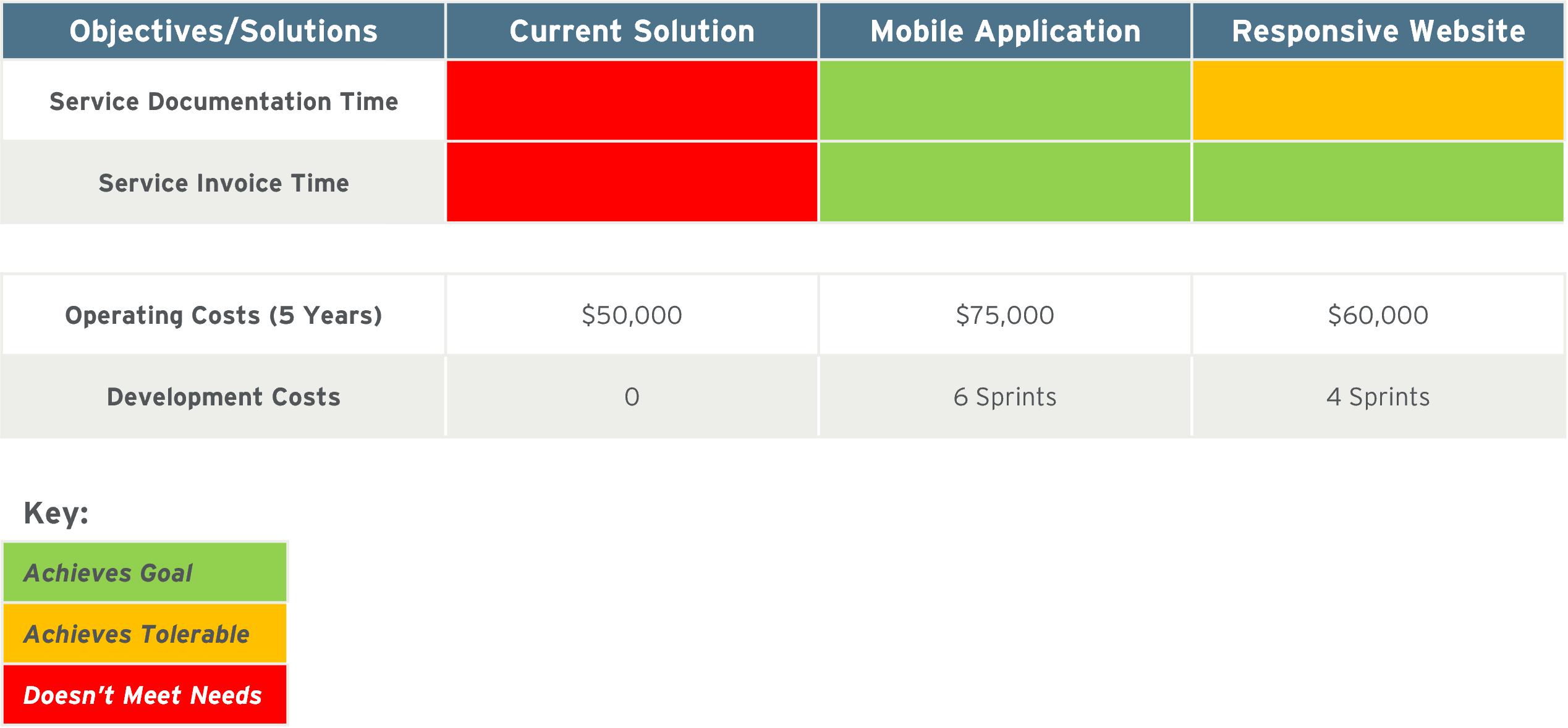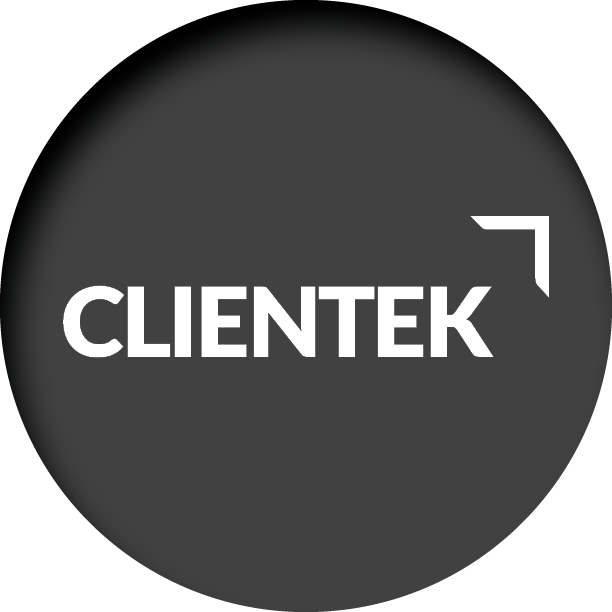Sep 14th, 2020
End to End Delivery
Part 4: Selecting the Best Option
Written by: Craig Vosper
Over the past few weeks, we have been talking about what pieces of information our customers require for project success. As a quick refresher, these include:
- Timeline
- Cost
- Business Value
- Quality
Last week we began talking about how we answer the cost and timeline questions for our customers. The focus was on defining the solution in context of the business capabilities that the solution must provide to be successful.
Today, I will discuss how we use our initial solution approach(s) to determine the best way to move forward. Once we have the defined the correct business solution, we use two techniques to determine our course of action.
We first must determine the overall project approach. This can range anywhere from complex process automation to simple manual process updates, or even specific technologies that should be used.
During this effort, we often use an Impact Estimation Table (IET) to help us evaluate high-level approach options. This involves estimating the impacts that the solution will have on project objectives and comparing it to the cost of implementing the given solution.
Below is a simple example, using the service technician solution I’ve referenced in my last two articles (Defining Success and Defining Solutions). In this example we compare three solution options:
- Staying with the current solution
- Developing a mobile application
- Developing a responsive website

Based on this analysis, we can see that the development of a Mobile Application would meet the customers needs the best. Last week, our CEO, Kirk Hoaglund wrote about trust. We feel that including the customer as part of this decision-making process is essential for building that trust.
Once an approach has been selected, we then decompose the solution into Minimal Testable Features (MTFs). Similarly, decomposition can also provide Minimal Viable Products (MVPs) or Minimal Marketable Features (MMFs), depending on the nature of the project.
We use this decomposition to estimate the size of the MTFs with more accuracy and to prioritize which we should be targeted first. This ultimately allows us to define when we can deliver our estimated objective impacts.
Below is an example decomposition, using the initial solution we defined last week. You’ll notice we’ve broken-up delivery into two prioritized releases.

With a set of prioritized and estimated MTFs, we create an initial release plan that includes production release milestones. We present release plans in the form of an execution matrix. This defines what we will deliver each sprint, what dependencies are required, and which milestones the customer can expect.

The execution matrix clearly defines what will be delivered, the order it will be delivered in, when the customer can expect delivery of each feature, and the reason we have chosen to do it this way.
At this point, we have provided our customer with sufficient information regarding Business Value, Cost, and Timeline; all while providing our teams with a clear direction of what they need to do to be successful. Next week we will begin to talk through how we use this analysis to drive the development work for the project.


